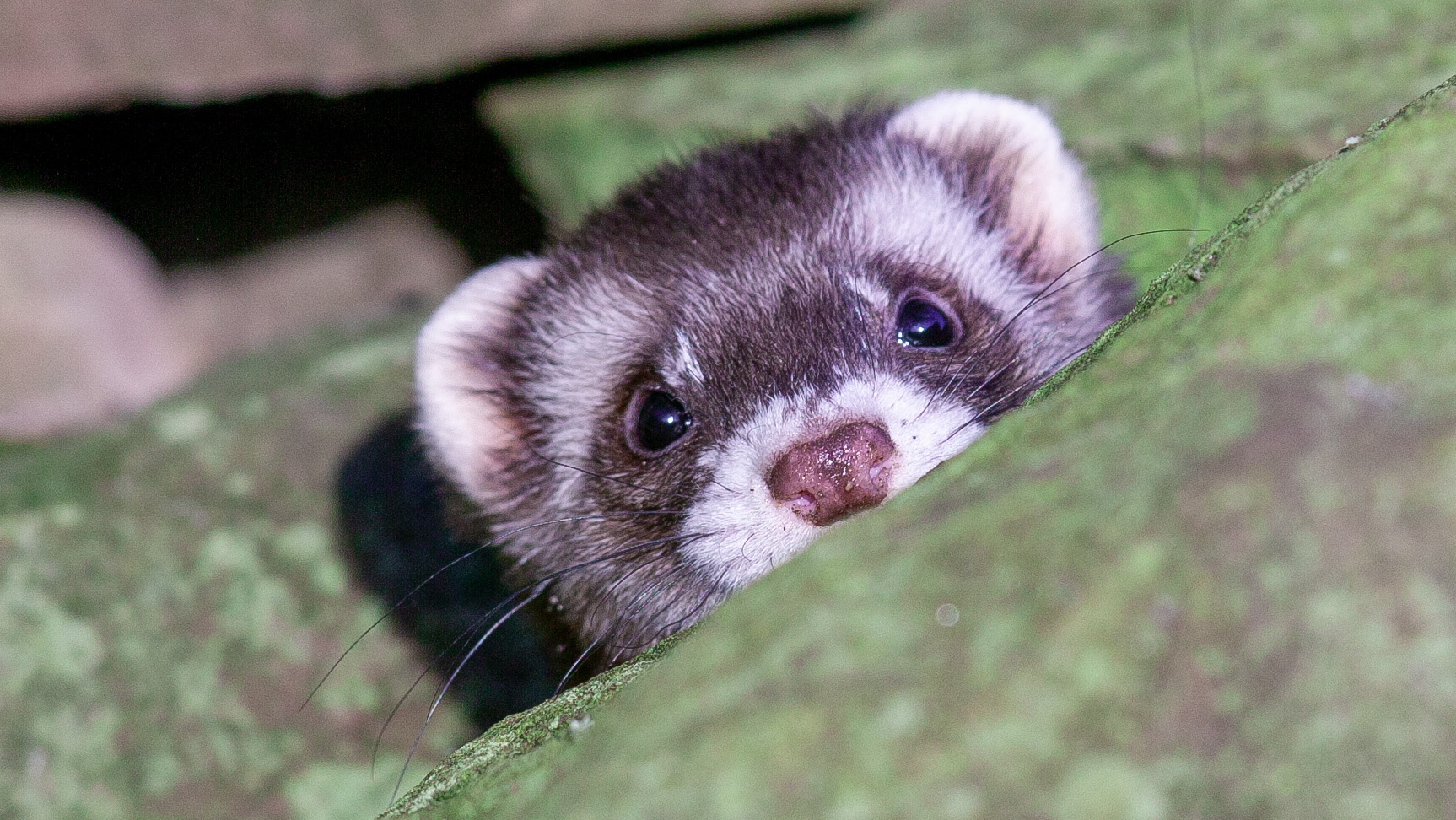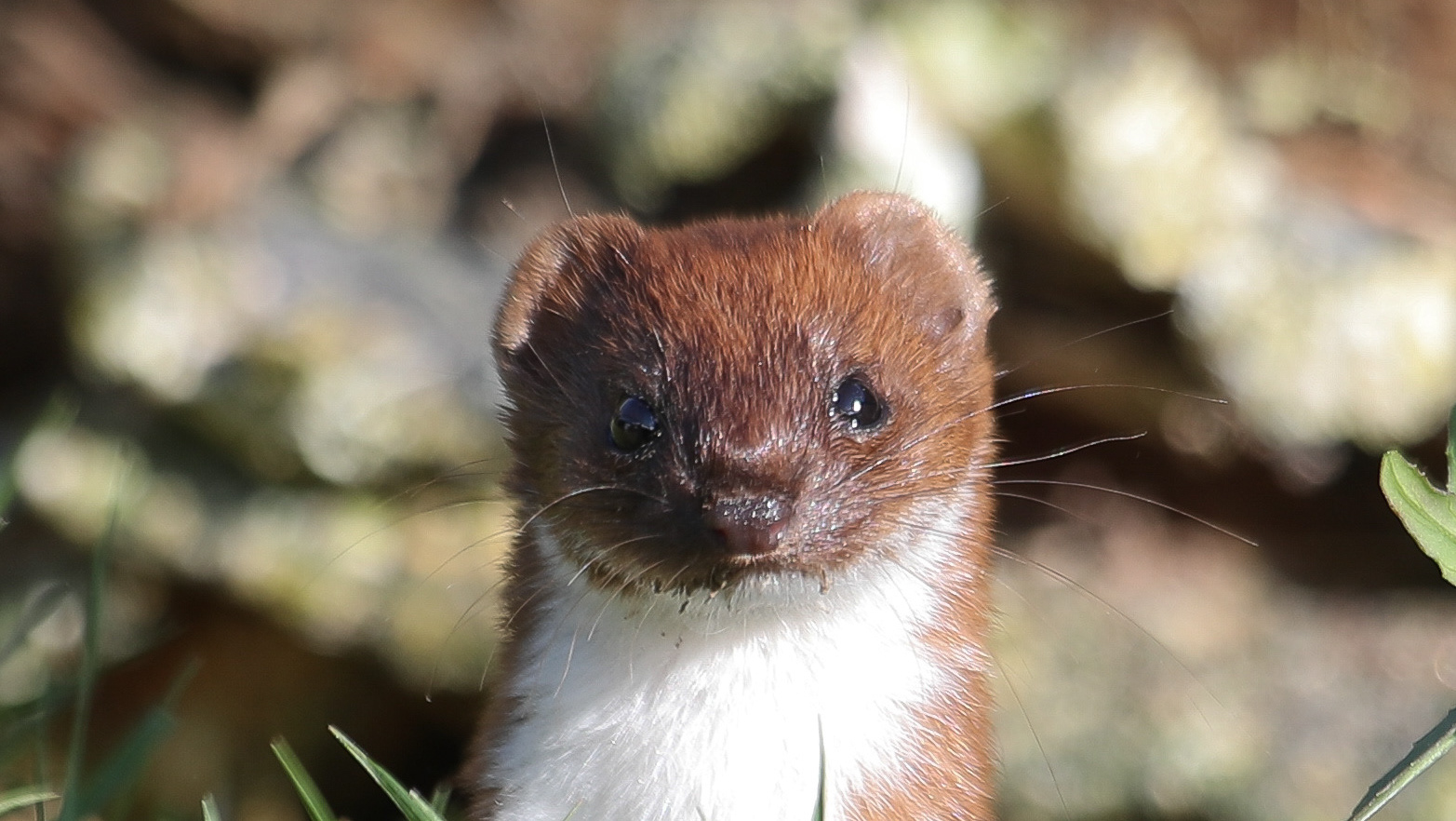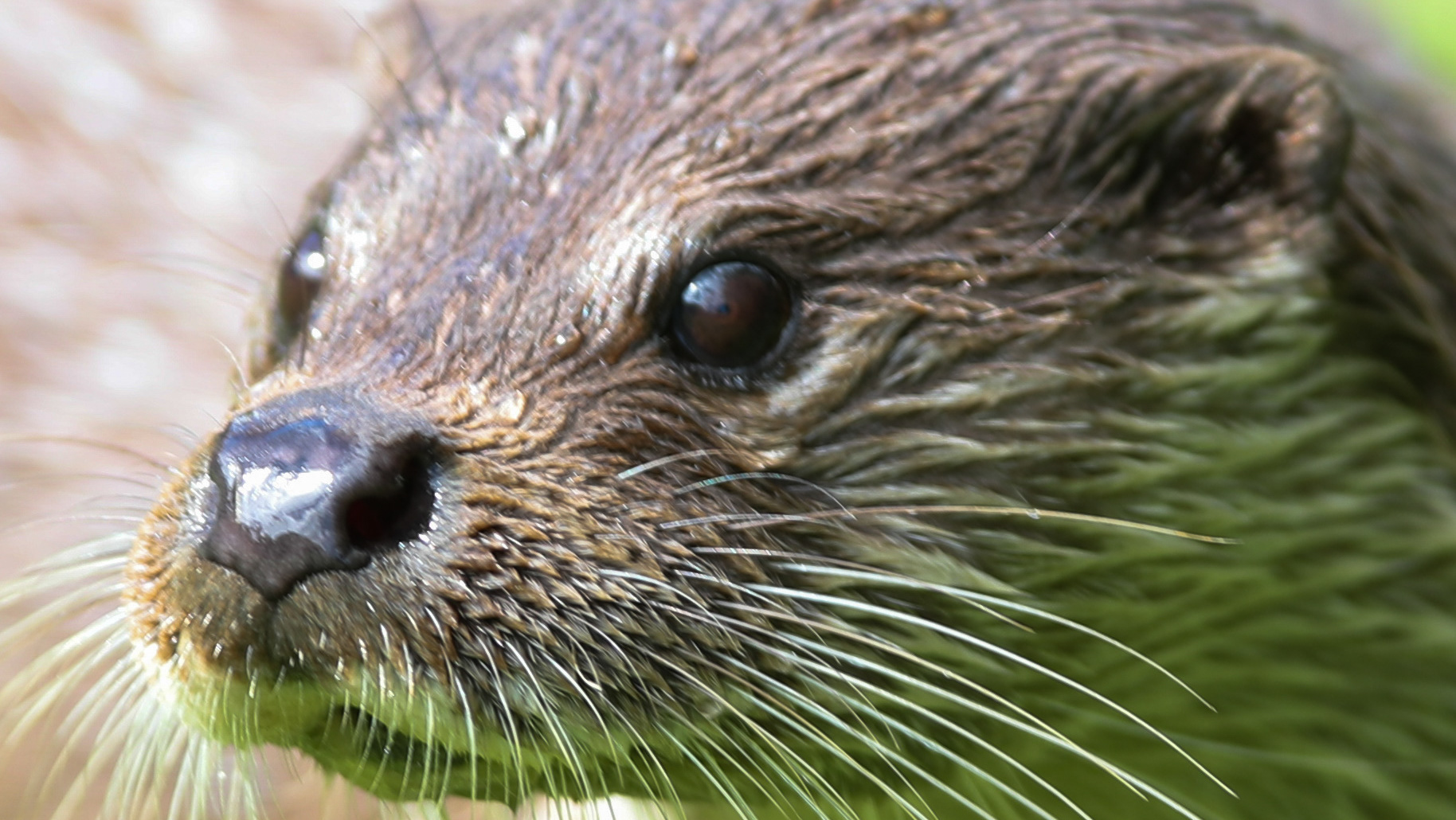Stoat - Mustela erminea
Stoat has been recorded from all four corners of the county, from sea level to the highest parts of the county in the Pennine foothills. Like weasel, stoat are found across a broad range of habitats but are known to avoid monocultures such as cereal crops and young tree plantations with sparse ground cover, preferring the boundary habitats that surround them. This may seem to be an energy saving endeavour as bare ground can often offer very little in the way of prey items, but it is also dangerous for this animal to be caught out in the open. I observed a stoat crossing a pinch point in a field that spanned about 100 metres and no sooner had it left the safety of a dry stone wall two magpies were on it swooping and calling. The sheep-grazed pasture had very little cover and there was no sign of rabbit borrows either. The attention from the magpies, drew other corvids that not only highlighted the stoat’s predators of its presence but also informed all likely prey as well. Stoats are particularly vulnerable after catching a prey item, as the often hard-won meal is not given up easily, as a visit to Frodsham Marsh once showed; I noticed movement in a field I was passing and initially thought it was moorhen fitting as it was lying on its side but still flapping one wing. Only when the head of a stoat popped up from behind the wing did I realise that the flapping action was being caused by the relatively diminutive stoat yanking its much heavier prey away to a safer place. On seeing me, the stoat fled into some tall herbage on a ditch bank, but it was not long before the twitching grasses betrayed its presence as it returned to claim its booty. On another occasion I was walking along a towpath only to have tumbling down the bank a stoat and grey squirrel trying to get the better of each other. They battled for over a minute within several metres of me with either no knowledge or little concern for my presence.
Regular records are generated from the industrial and post-industrial sites along the northern boundary of Cheshire running roughly from Ellesmere Port to Runcorn. This zone is arguably the most diverse area for mammals in the county, having all the county’s mustelids present, and all of the county’s common species of mammal. Uncommon species such as Water Vole, Water Shrew and Harvest Mouse are also present. The lack of intensive agricultural farming and limited wildlife control (for game-bird rearing purposes) has enabled wildlife to thrive. Some areas, such as the deposit tanks at Frodsham Marsh where massive lagoons have been filled to the brim with the dredgings from the Manchester Ship Canal and simply left is ostensibly accidental rewilding, and the benefits to wildlife are obvious.
AH





